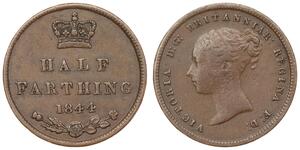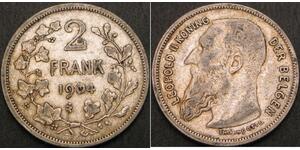(售价 $1028.0)
1788-K, Royal France, Louis XVI. Gold Double Louis Coin. (Only 18,043 Struck!) 15.19gm!
Louis XVI, double louis à la tête nue, 1788 Bordeaux
A/LUD. XVI. D. G. FR. - ET NAV. REX
Tête nue du Roi à gauche, au-dessous (différent)
R/CHRS. REGN. VINC. IMPER (différent) (date)
Écus accolés de France et de Navarre, sous une couronne ; différent d'atelier au-dessous
Or 28,0 mm 15,24 g 6 h
SUP
Dy.1706
Mint year: 1788
Mintage: 18,043 pcs.
Mint Place: Bordeaux (K)
References: Friedberg 475, KM-592.8. RR!
Denomination: Double Gold Louis (2 Louis d'or)
Lacal Engraver: Jean Moulinier (1758-1790, privy mark: millwheel)
Mint Director: Laurent Bruno Lhoste (1788-1794, privy mark: roman temple)
Condition: Lightly swiped, minor weight-adjusting marks in reverse, otherwise a well struck and nice XF-AU with sharp details!
Material: Gold (.917) .451 oz AGW!
Weight: 15.19gm
Diameter: 29mm
Obverse: Bare-headed and draped bust of Louis XV left. Privy mark (fasces of 5 arrows) below.
Comment: Designer`s signature (DU VIV. for Du Vivier) inside bust truncation!
Legend: LUD . XVI . D . G . FR . ET NAV . REX
Translated: "Louis XVI, by the grace of God king of France and of Navarre"
Exergue (privy mark): temple
Reverse: Crown above shields of France and Navarre. Mint initial (K) of the Bordeaux mint below.
Legend: CHRS . REGN . VINC . IMPER (privy mark: millwheel) I788
Translated: "Christ reigns, defeats and commands!"
Louis XVI or Louis-Auguste de France (Versailles, 23 August 1754 – Paris, 21 January 1793) ruled as King of France and of Navarre from 1774 until 1791, and then as King of the French from 1791 to 1793. Suspended and arrested during the Insurrection of 10 August, he was tried by the National Convention, found guilty of treason, and executed by guillotine on 21 January 1793. He was the only king of France to be executed.
Although Louis was beloved at first, his indecisiveness and conservatism led some elements of the people of France to eventually view him as a symbol of the perceived tyranny of the Ancien Régime. After the abolition of the monarchy in 1793, the new republican government gave him the surname Capet, a reference to the nickname of Hugh Capet, founder of the Capetian dynasty, which the revolutionaries wrongly interpreted as a family name. He was also informally nicknamed Louis le Dernier (Louis the Last), a derisive use of the traditional nicknaming of French kings. Today, historians and French people in general have a more nuanced view of Louis XVI, who is seen as an honest man with good intentions, but who was probably unfit for the herculean task of reforming the monarchy, and who was used as a scapegoat by the revolutionaries.
1/2 Farthing 大不列颠及爱尔兰联合王国 (1801 - 1922) 青铜 维多利亚 (英国君主)
本组有 9 钱币 / 8 售价
⇑
2 Franc 比利时 銀 利奥波德二世 (比利时)
本组有 7 钱币 / 7 售价
⇑

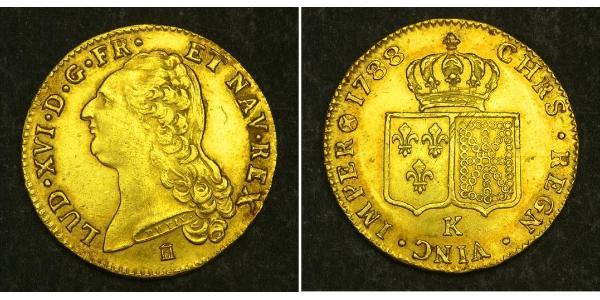






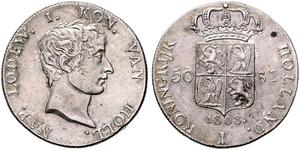
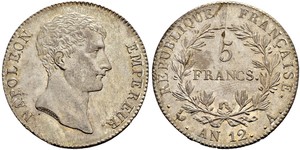
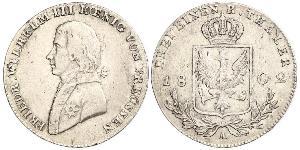

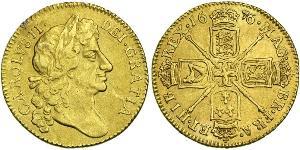

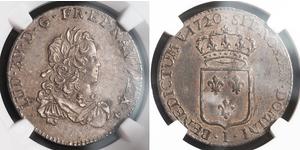

-300-150-YYnBwcI0woEAAAEnE4RaOLOG.jpg)
